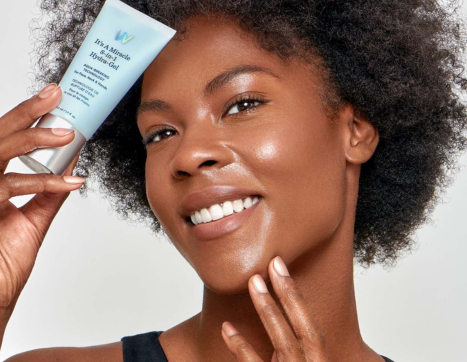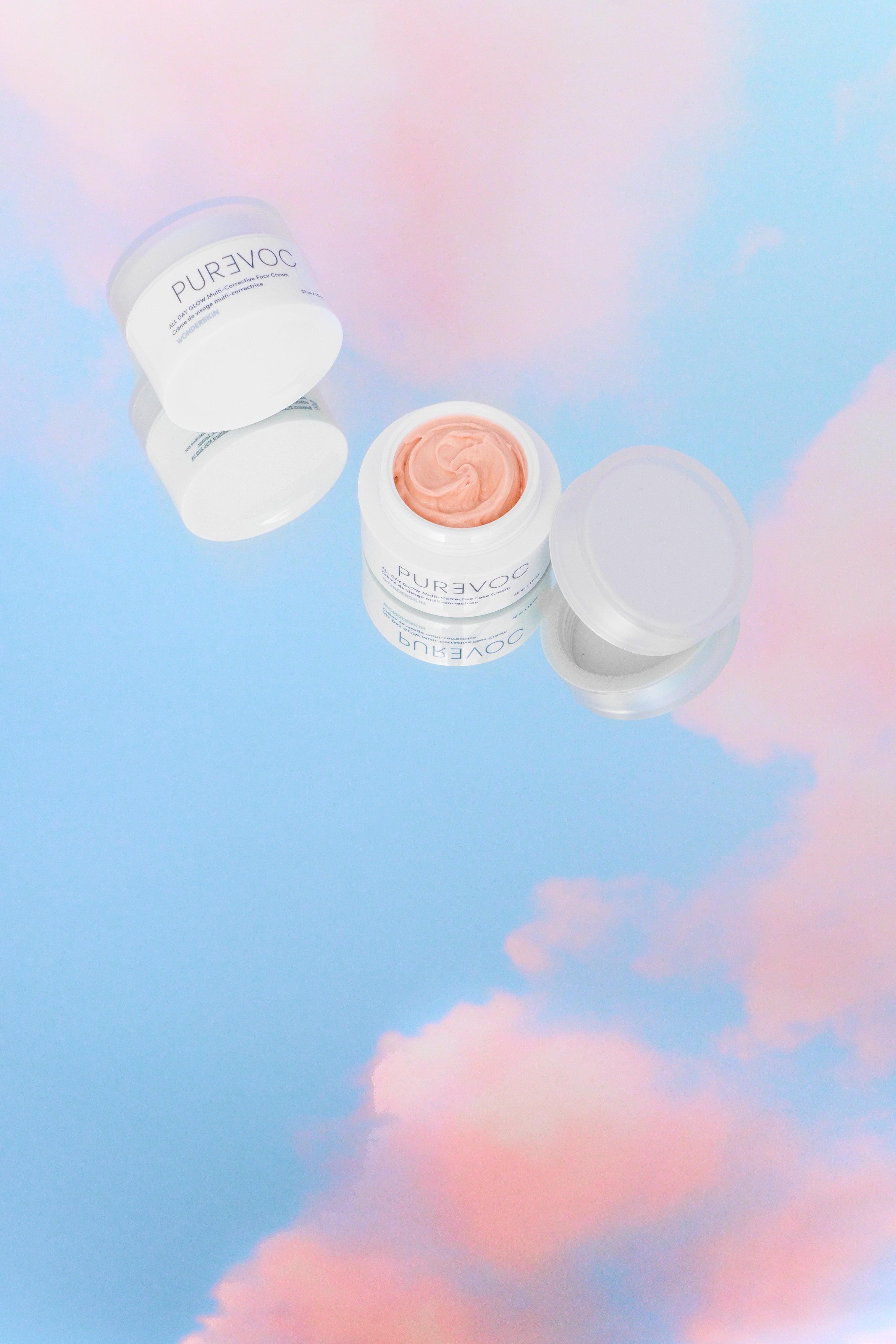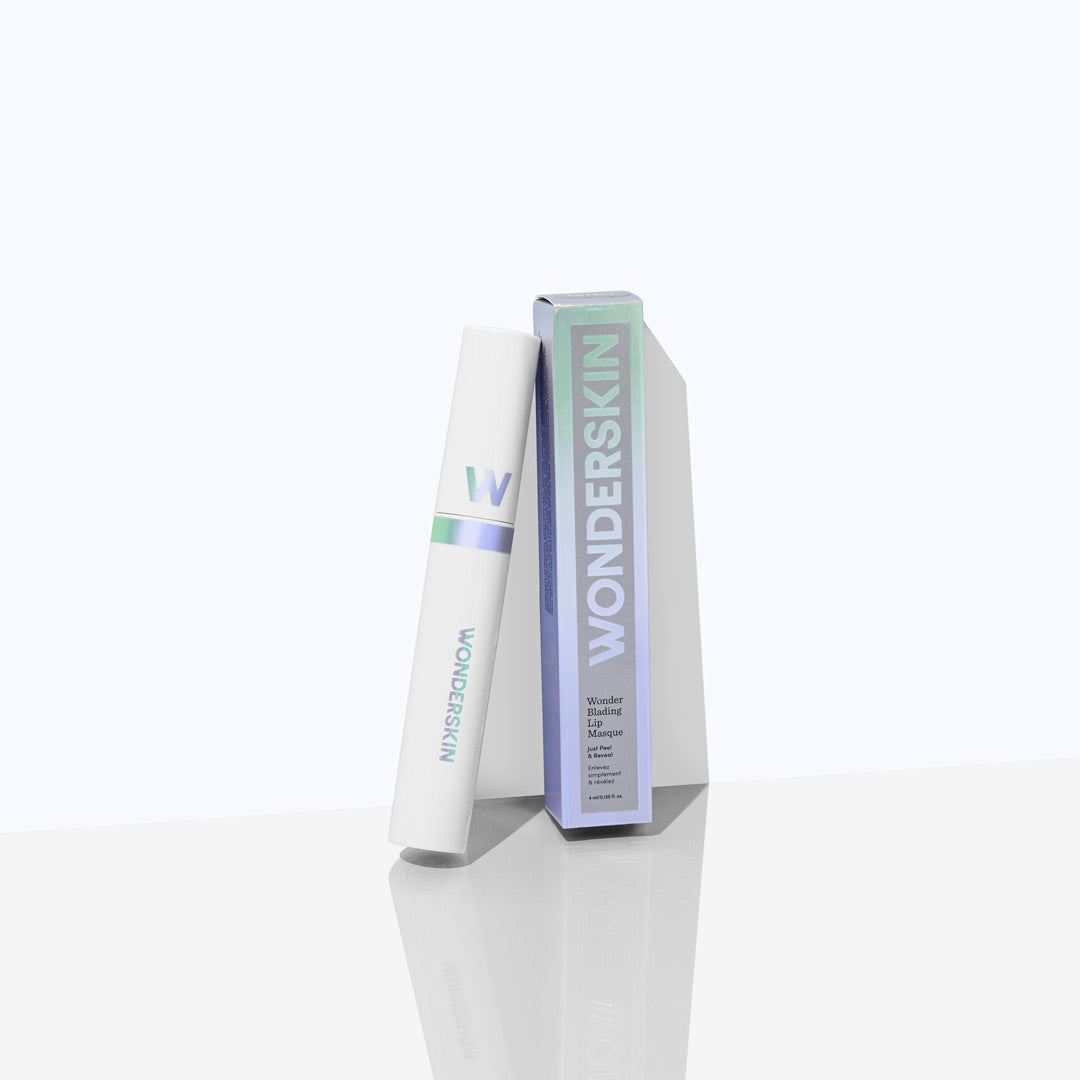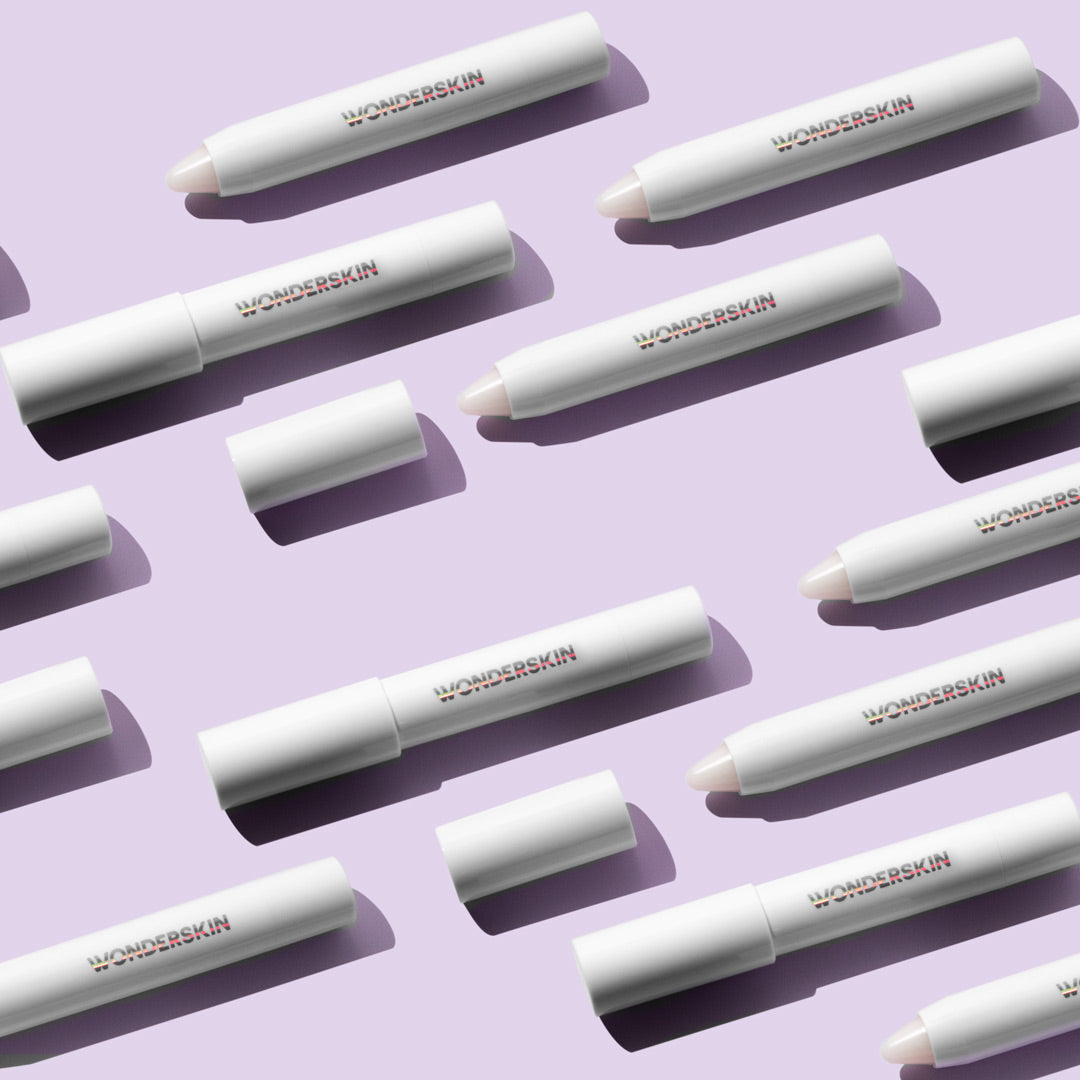
How to Restore Sun Damaged Skin
Hello Beauties,
There are plenty of things about summer that we’d love to hold onto well past Labor Day. Sun damage, however, isn’t one of them. Even if you diligently slather on sunscreen and hang out mostly in the shade, the amount of time we spend outdoors in the summer coupled with the sun’s stronger rays this time of year can leave us with some unwelcome reminders of all the fun we had soaking up the warm, golden weather.
The appearance of dark spots, blotchy skin tone, broken blood vessels, or rough texture are all telltale signs of photoaging, which is UV-induced damage to the skin from getting too much sun. This type of damage happens in the deep layers of the skin, so it can take years for it to surface and become visible (it also directly contributes to wrinkles and sagging).
If you notice any pigmentation changes or new or changing moles, book a skin cancer check with a dermatologist, pronto. Sun exposure is the number-one cause of all skin cancers including melanoma, the deadliest form, so everyone needs to get screened at least once a year, regardless of whether you see a change in your skin. To address those changes that you do see, know that while you can’t always completely reverse noticeable sun damage, certain products and treatments can improve skin significantly and help curb future damage, so try this targeted plan.

1. Apply a vitamin C product every day
Vitamin C has superhero strength at fading dark spots and evening out skin tone, as well as helping prevent new pigmentation issues from forming. This powerful antioxidant inhibits the enzyme in skin that produces melanin—the cause of discoloration and dark spots—but it does so without altering the rest of your skin’s normal pigmentation, so it helps your complexion become more even-toned. A superior brightening agent, vitamin C boosts your overall radiance and, because it’s highly acidic, it also prompts your skin to crank out more collagen and elastin, which helps combat lines and keep skin smooth, plump, and firm.
Vitamin C comes in different skincare forms, some of which retain their potency and efficacy longer than others. Dermatologists typically recommend L-ascorbic acid (also called ascorbic acid) as the most effective and stable version to look for on an ingredient label, as it also penetrates the skin best. Since vitamin C is an all-star antioxidant, apply it in the morning to help protect skin during the day.
At Wonderskin, we use only L-ascorbic acid or tetrahexyldecyl ascorbate (THD), a comparable form of L-ascorbic acid, in our skincare formulas. You’ll find vitamin C in our It’s A Miracle 8-in-1 Hydra-Gel daily moisturizer, It’s A Miracle 8 Minute Mask, PUREVOC All Day Glow Serum and All Day Glow Face Cream.
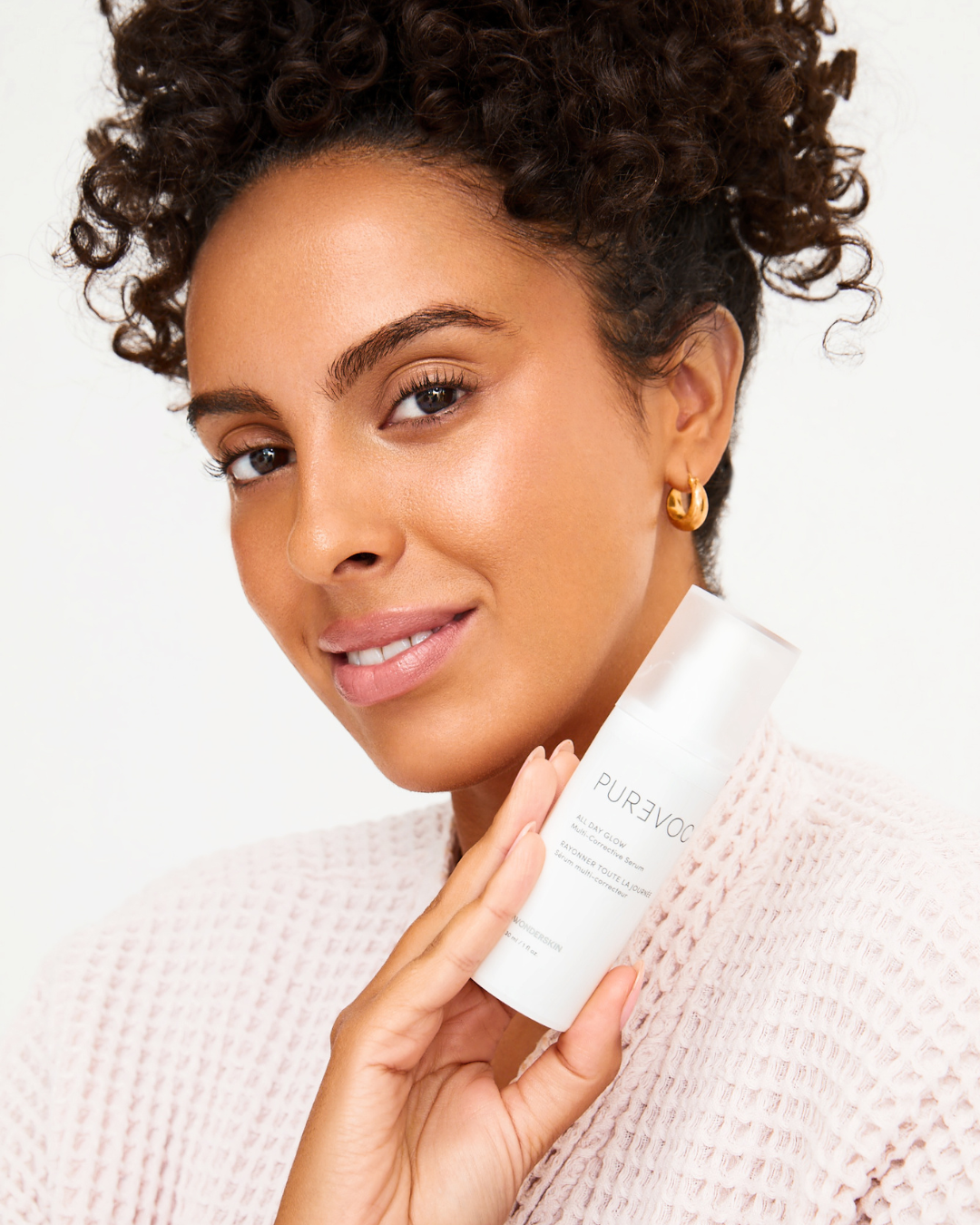
2. Add a collagen booster to your P.M. regimen
UV rays’ sneakiest harm is that they penetrate skin to break down collagen and elastin, the core structural proteins that keep skin smooth, firm, and spot-free. To help restore what’s been lost, you want ingredients in your nighttime regimen that trigger your skin to produce more of these essential components.
Retinoids, which are derived from vitamin A, are considered the gold-standard treatment to address signs of skin aging, particularly those brought on by sun damage. They’re clinically proven to increase collagen and elastin production as well as the skin’s cell turnover rate to shed damaged skin faster. This all helps fade spots and blotchiness, improve texture, and reduce wrinkles.
Prescription retinoids such as Retin-A are more potent and work faster than over-the-counter retinol, but they’re also more likely to cause side effects such as dryness and flaking. Retinol is widely available in skincare products and often better tolerated by skin, but you need to give it three to six months of consistent use to start to see results.
Retinol makes your skin more sensitive to the sun, so apply it only at night and don’t layer it with your vitamin C product, as the two ingredients render each other ineffective if you use them at the same time. If you’re a retinol first timer, start it at one night a week for one week, then two nights a week for two weeks, and gradually work up your usage to give your skin time to adjust and reduce the likelihood of side effects.
Adding other collagen boosters that don’t interact with retinol to your regimen can help rev up skin retexturizing. Our PUREVOC All Day Glow Serum contains chlorellagen DP, which is made with chlorella vulgaris. This algae extract triggers new collagen and slows the breakdown of existing collagen and elastin, helping skin appear more even-toned, firm, and glowing.
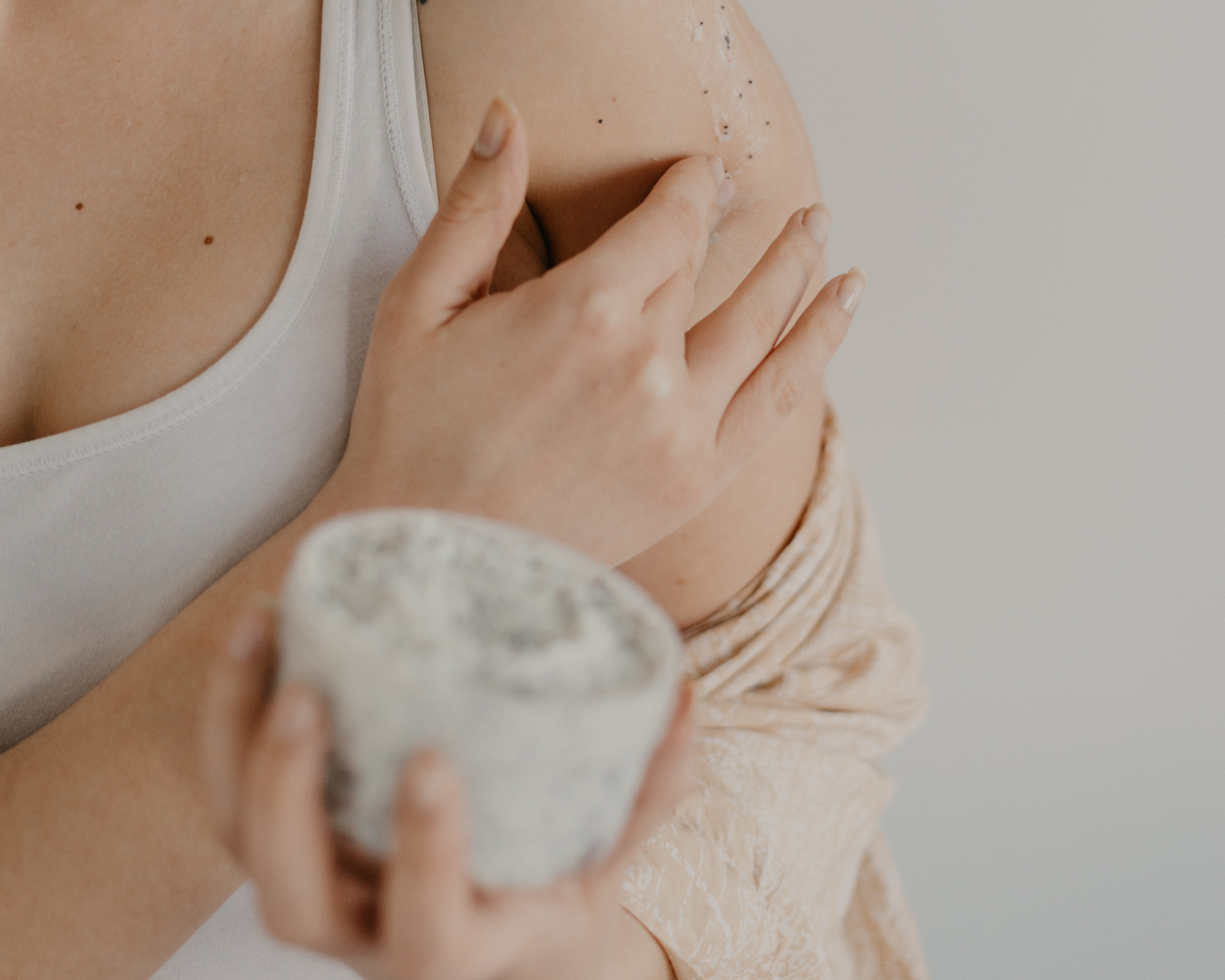
3. Exfoliate regularly
To tackle spotty skin and rough texture, you want products that regularly clear away dead, damaged surface cells to reveal softer, smoother, more even-toned skin beneath. Once a week, exfoliate with a glycolic acid peel (skip any retinol product or formulas containing other acids on the night you exfoliate so as not to irritate your skin). Since peels dissolve the surface layer of dead skin, be sure to slather on a rich, basic moisturizer that contains no acids or anti-agers afterwards to restore moisture and nourishment to your skin and prevent dryness.
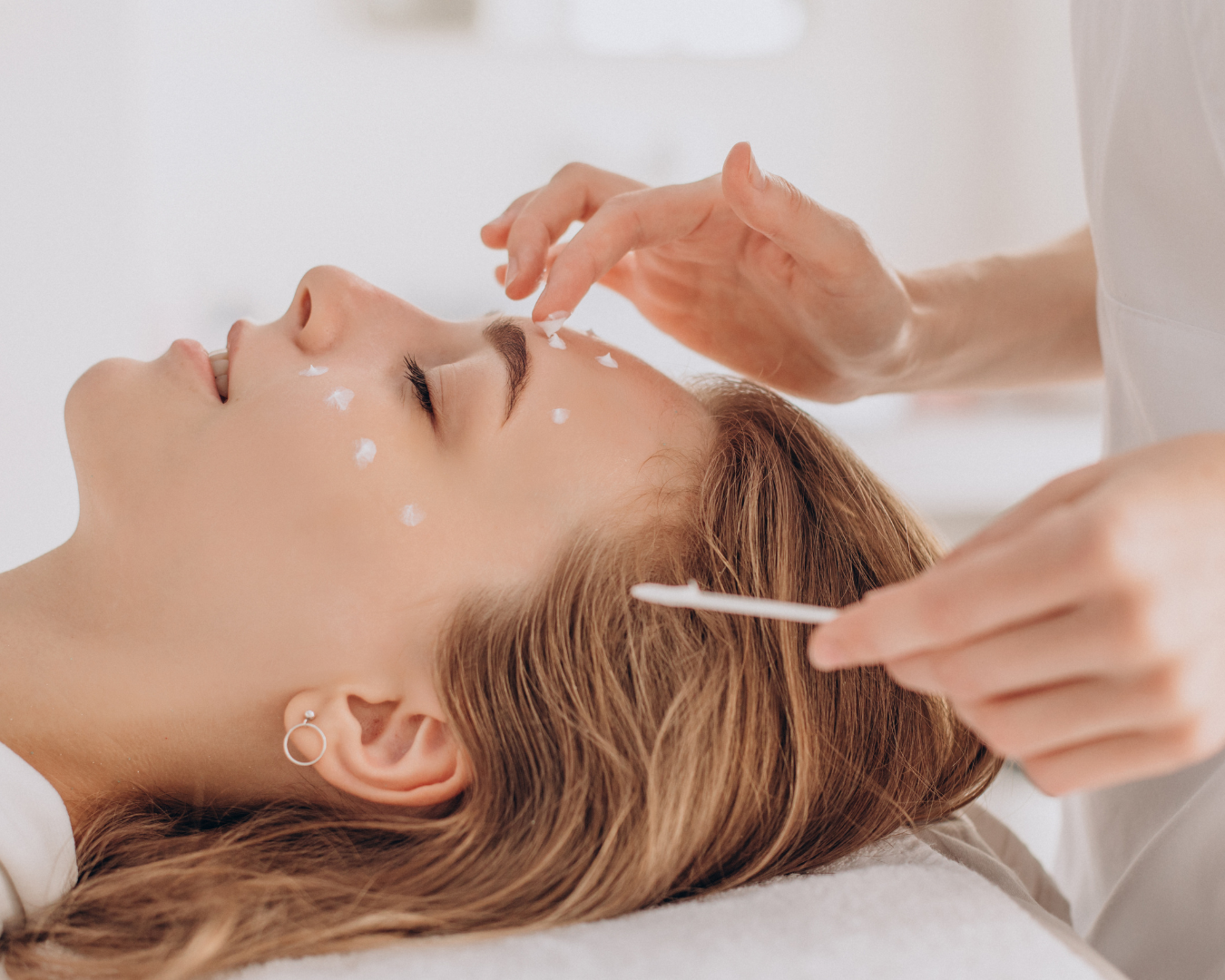
4. Consider an in-office treatment
If your visible sun damage is extensive, you may want to see a dermatologist for an in-office service. Doctors can customize the strength and formula of professional-grade peels to target each patient’s specific pigmentation issues, so you may see faster, more significant skin tone improvement than you would from an at-home exfoliant.
To address rough, uneven texture or lax, crepey skin, RF microneedling is a dermatology procedure that combines microneedling—which uses short, fine needles for controlled wounding of the skin that triggers collagen and elastin production with increased blood circulation—with radiofrequency energy released from the needle tips to penetrate deep into skin for enhanced collagen stimulation.
If you want to attack pigmentation, texture, and wrinkle issues all at the same time, the skin resurfacing treatment Fraxel is considered one of the best professional services to restore sun damaged skin. It uses highly concentrated laser pulses to create controlled, microscopic wounds in the skin; as the skin heals, collagen production increases, new skin cells grow, and the visible effects of sun damage begin to diminish.
5. Wear SPF every day, year round
If you don’t guard your skin against further UV harm, you’re just throwing away money on products and pro treatments. The final step in your A.M. skincare routine, year-round, should be to smooth on a SPF 30 or higher sunscreen. Layered over a vitamin C product, this delivers a double-whammy shield against UV-induced damage. When exercising outdoors or playing sports, wear a wide brim hat to shade your face from the sun, and treat any noticeable new changes in your skin right away, as the longer you let sun damage set in, the harder it becomes to undo.

